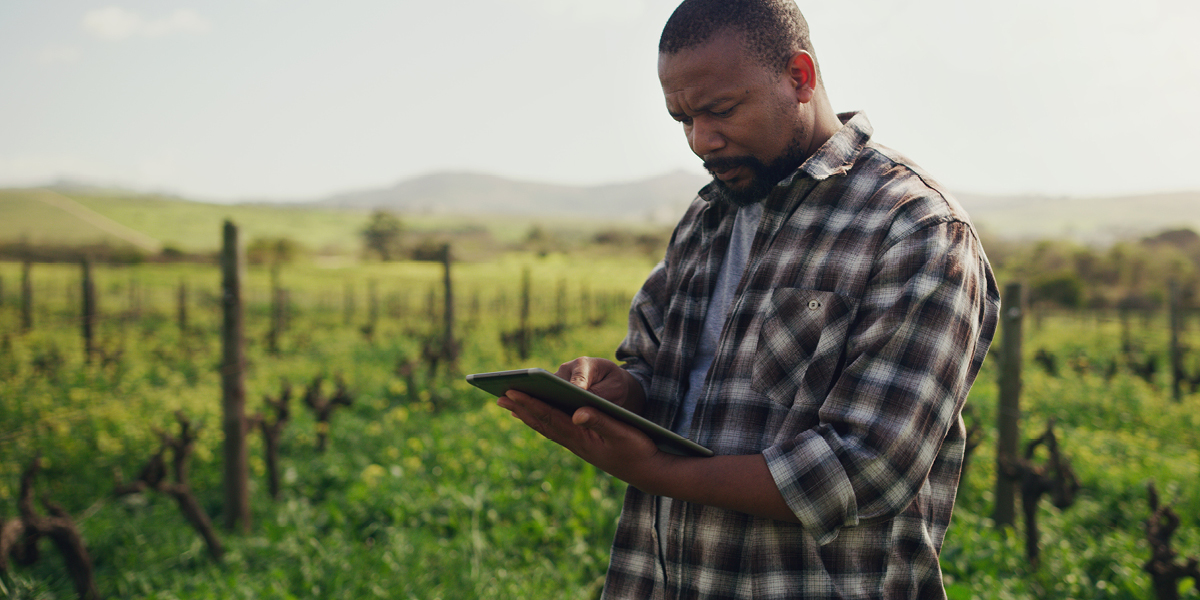
How to make your retirement more tax efficient
With retirees facing higher income tax bills, we explore four ways to make your retirement more tax efficient.
An upcoming increase in the state pension combined with frozen income tax thresholds mean there’s never been a more important time to ensure your retirement is as tax efficient as it can be.
In the recent Budget, the chancellor announced that the state pension will rise to £241.30 per week on 6 April 2026. This works out at around £12,548 a year, up from £11,970 currently.
While the increase is welcome, it could mean retirees face a bigger income tax bill than previously. This is because the personal allowance, which is the amount of income you can earn each year before being taxed, has stayed at £12,570 since April 2021. Similarly, the higher-rate tax threshold has stayed at £50,270. These thresholds are due to stay frozen until April 2031.
Fortunately, there are several ways to potentially reduce the amount of tax you pay in retirement. The tips below won’t be suitable for everyone – we recommend speaking to a financial adviser if you’re unsure – but they’re useful pointers to consider.
1. Don’t draw more income than you need
With the state pension set to consume an even larger portion of the personal allowance, the amount of tax-free income you can expect to draw from private pensions has reduced further. As a reminder, you can typically withdraw up to 25% of your pensions as tax-free cash (capped at £268,275) and the rest is taxed at your normal rate of income tax.
While tax shouldn’t dictate your living standards, taking too much income could land you with an unnecessarily large tax bill as well as deplete your pension pot too quickly.
What’s more, if you end up putting excess income in a cash savings account, any returns that exceed your personal savings allowance and/or starting rate for savings (see section 3 below) may be subject to tax. By leaving the money in your pension, there’s the opportunity for further tax-free growth.
2. Continue sheltering your investments in an ISA
Frozen income tax thresholds mean an individual savings account (ISA) is an even more valuable tool for sheltering your investments from tax. In an ISA, your investments can grow free from income tax on dividends1 or interest, as well as the capital gains tax (CGT) on any profits you make when selling assets.
If you invest outside an ISA, you could end up paying tax on dividends, interest and profits. So, if you have investments in a general account, you might want to consider moving these into an ISA to reduce or even eliminate these potential tax liabilities. The process for doing this is called ‘bed and ISA’.
Bear in mind that bed and ISA transactions will count towards your ISA allowance, which is currently £20,000 a year. When you initially sell holdings in your general account, you’ll be liable to tax on profits that exceed your CGT allowance (which is £3,000 for the 2025-26 and 2026-27 tax years). However, once your investments are inside an ISA wrapper, you won’t have to pay tax on any future profits, interest or dividends.
3. Consider other sources of retirement income
Income in retirement doesn’t have to come solely from pensions. In fact, using other savings and investments to supplement your pension income could prove tax efficient. Other sources of retirement income to consider include:
- ISAs: you can withdraw as much money as you like from ISAs without paying tax.
- Savings accounts: basic-rate taxpayers can earn up to £1,000 of tax-free interest on savings each year. This is called the ‘personal savings allowance’. It reduces to £500 for higher-rate taxpayers and is £0 for additional-rate taxpayers. You may also earn up to £5,000 of tax-free interest (the ‘starting rate for savings’) if your other income is less than £17,5702.
- General account: if you have investments in a general account, you can earn tax-free capital gains of up to £3,000 and tax-free dividends of up to £500 in the 2025-26 and 2026-27 tax years.
The way you draw income from your investment and savings pots could make a big difference to your overall tax bill in retirement. It’s usually wise to take income and capital from general accounts before ISAs and pensions, so that you preserve the tax wrapper benefits for as long as possible. However, what’s right for you will depend on your individual circumstances, so we’d suggest speaking to a financial adviser first.
4. Plan your finances as a couple
If you have a partner, it usually makes sense to plan your finances together. As a couple, you can effectively double up your allowances – so that’s two personal allowances, two ISA allowances, two CGT allowances, and so on. Maximising both partners’ allowances is a relatively simple way of lowering your overall tax bill.
If you’re married or in a civil partnership, you might benefit from the marriage allowance. This lets you transfer up to £1,260 of your personal allowance to your spouse or civil partner. To qualify, one partner must earn less than £12,570 and the other must be paying basic-rate income tax.
Spouses and civil partners can also transfer savings and investments from one partner to the other without paying tax. This might come in handy if one partner is a higher-rate taxpayer and the other is a basic-rate taxpayer. By transferring certain assets into the basic-rate taxpayer’s name, you could benefit from a lower rate of tax – or potentially no tax at all – on income and capital gains.
1 Dividends are the payments some companies make to their shareholders out of their profits.
2 Gov.uk – Tax on savings interest.
Investment risk information
The value of investments, and the income from them, may fall or rise and investors may get back less than they invested.
Eligibility to invest in a Vanguard Personal Pension depends on your individual circumstances. Please be aware that pension and tax rules may change in the future and the value of investments can go down as well as up, so you might get back less than you invested. You cannot usually access your pension savings or make any withdrawals until the age of 55, rising to the age of 57 in 2028.
If you are not sure of the suitability or appropriateness of any investment, product or service you should consult an authorised financial adviser. Please note this may incur a charge.
The eligibility to invest in either ISA or Junior ISA depends on individual circumstances and all tax rules may change in future.
Any tax reliefs referred to are those available under current legislation, which may change, and their availability and value will depend on your individual circumstances. If you have questions relating to your specific tax situation, please contact your tax adviser.
Important information
Vanguard only gives information on products and services and does not give investment advice based on individual circumstances. If you have any questions related to your investment decision or the suitability or appropriateness for you of the product[s] described, please contact your financial adviser.
This is designed for use by, and is directed only at persons resident in the UK.
The information contained herein is not to be regarded as an offer to buy or sell or the solicitation of any offer to buy or sell securities in any jurisdiction where such an offer or solicitation is against the law, or to anyone to whom it is unlawful to make such an offer or solicitation, or if the person making the offer or solicitation is not qualified to do so. The information does not constitute legal, tax, or investment advice. You must not, therefore, rely on it when making any investment decisions.
Issued by Vanguard Asset Management Limited, which is authorised and regulated in the UK by the Financial Conduct Authority.
© 2025 Vanguard Asset Management Limited. All rights reserved.
5011503

